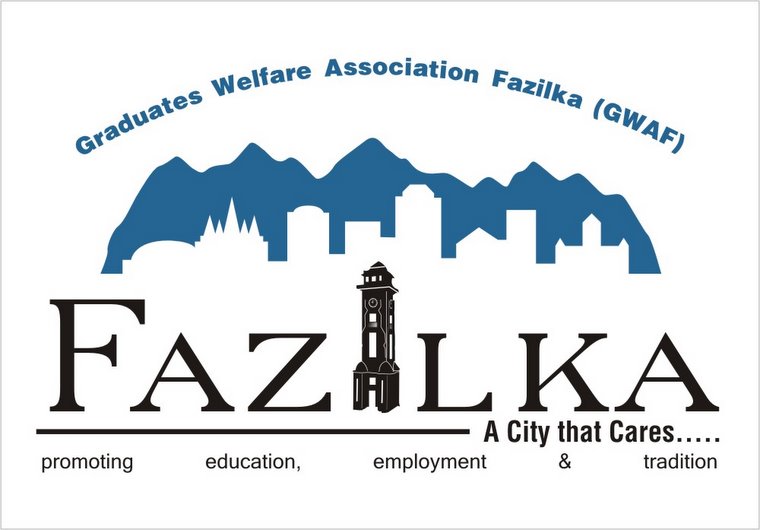Fazilka, October 24
Nearly 350 students of different schools poured water into the dry Badha Lake with their water bottles on the International Day of Climate Action here on Saturday to preserve Badha lake wetland of Fazilka in its original shape and to ensure future life at Fazilka by preserving its natural environment.
A programme for pouring water into Badha Lake was organised here today by the Graduate Welfare Association, Fazilka (GWAF) and international-level Global Campaign against Climate Change Association. MC president Anil Sethi was the chief guest on the occasion.
Online signature campaign was launched by the people of Fazilka. More than 350 on-line grievances by the people were sent to higher authorities to take action to save environment.
"Different organisations in 177 countries have been organising about 4,600 programmes simultaneously today to create awareness amongst the people against the threat of global warming and to preserve the environment," said engineer Navdeep Asija, secretary of Graduate Welfare Association.
It is pertinent to mention here that in year 1980, the natural water of the decades-old, 10 feet deep and spread in 17 acres of land, Badha lake had dried up. No political representative or government functionary bothered to save the lake.
At present, the existence of this lake is almost vanished. The panchayat of village Badha on outskirts of Fazilka had started leasing out the lake land for cultivation to private persons from the day it had dried up.
As per the information, gathered by The Tribune, there were about 150 peacocks, the national bird, in the forest around this lake. However, at present not even a single peacock can be seen in this area.
While giving the details about 350.org, the patron of the GWAF Dr Bhupinder Singh disclosed that the organisation, has been helping people hold rallies, aimed at focusing attention on the number 350 because scientists have insisted in the recent years that 350 parts per million (PPM) is the most carbondioxide we can safely have in the atmosphere.
The present CO2 concentration is 390 PPM, which has been damaging the atmosphere badly, he said.


No comments:
Post a Comment